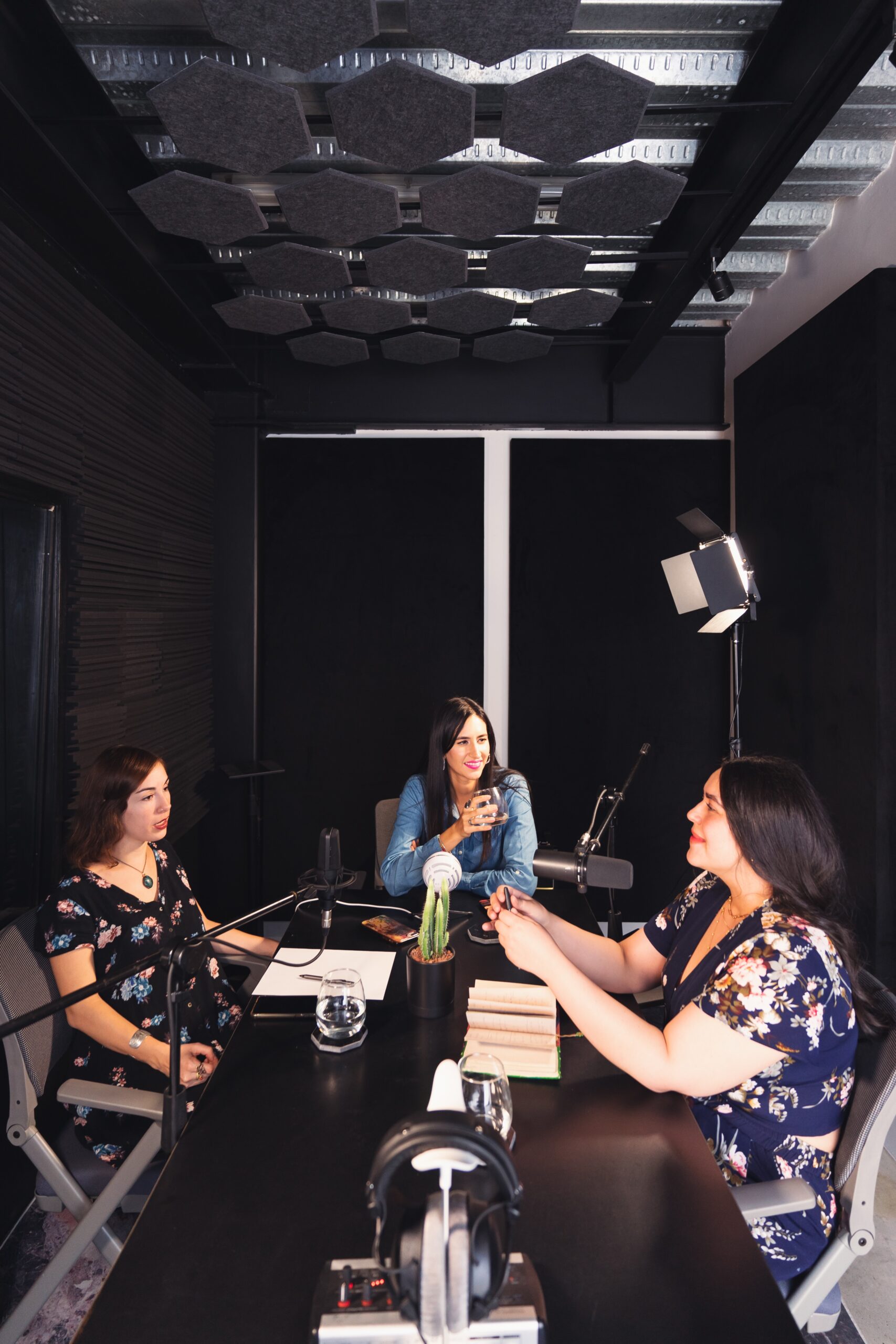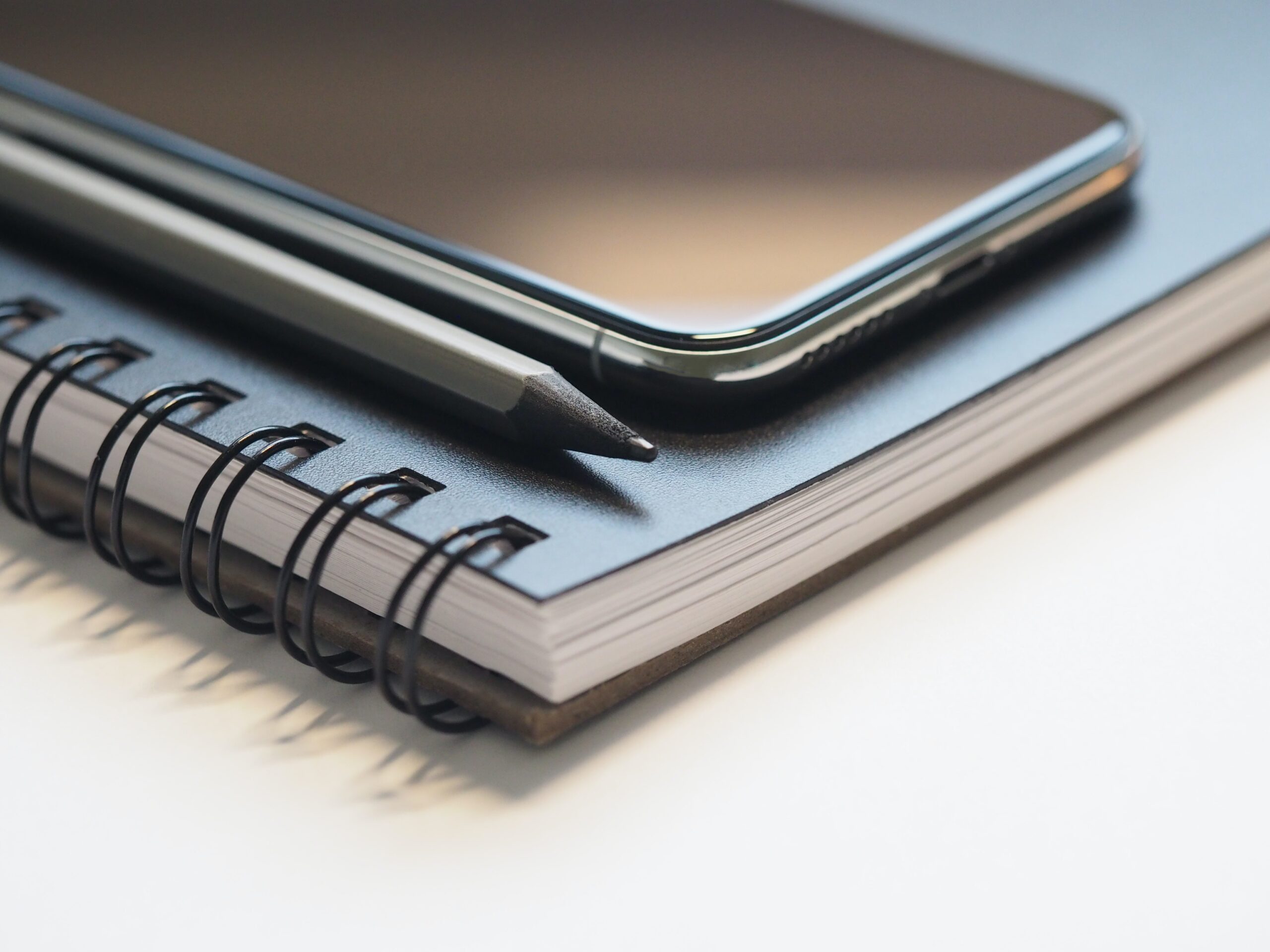What Is A Podcast?
What Is A Podcast?
Podcasts have become an increasingly popular way to consume content, with millions of people tuning in to their favorite shows each day. But what exactly is a podcast, and how can you create one of your own? In this blog post, we’ll explore the world of podcasts, define what they are, and provide tips and hints on how to create your very own podcast.
What Is A Podcast?
A podcast is a digital audio file that is made available on the internet for download or streaming. It’s a form of digital media that allows users to subscribe to and listen to audio content on their computers, smartphones, or other devices. Podcasts are typically released in a series, with new episodes being added on a regular basis. They cover a wide range of topics, from news and politics to entertainment and culture.
Podcasts are similar to radio shows, but they differ in that they are not broadcast over the airwaves. Instead, they are distributed over the internet through RSS feeds, which allow users to subscribe to their favorite shows and receive updates when new episodes are released. This means that listeners can access podcasts from anywhere in the world, at any time, without the need for a radio signal.

How Does A Podcast Work?
Podcasts are typically created using specialized software that allows producers to record, edit, and distribute their content. There are many different podcasting platforms available, such as Anchor, Buzzsprout, and Podbean, which offer a range of features and tools to help you create and distribute your podcast.
Once your podcast has been recorded and edited, you can upload it to a hosting platform. This platform will then distribute your podcast to various directories, such as Apple Podcasts, Spotify, and Google Podcasts, making it available to listeners around the world.
Listeners can then subscribe to your podcast through their chosen platform, which will automatically download new episodes as they are released. They can listen to your podcast on their computer, smartphone, or other device, either by streaming it directly or downloading it for offline listening.
What equipment is needed for a podcast?
One of the great things about podcasting is that it doesn’t require a lot of expensive equipment to get started. In fact, all you really need is a computer and a microphone. However, if you want to produce high-quality audio, there are a few additional pieces of equipment that you might want to invest in.
Equipment Worth Investing In
Microphone
The most important piece of equipment for any podcaster is a good microphone. There are many different types of microphones available, but the most popular type for podcasting is a dynamic microphone. These microphones are designed to pick up sound from a specific direction, making them ideal for recording speech.
Some popular microphones for podcasting include the Shure SM7B, the Audio-Technica AT2005USB, and the Rode Podcaster.
Headphones
While not strictly necessary, headphones can be useful when recording a podcast. They allow you to monitor your audio in real-time, ensuring that your recording sounds good and that there are no technical issues.
Some popular headphones for podcasting include the Sony MDR750, Technica ATH-M50x, and the Sennheiser HD280 PRO.
Audio Interface
An audio interface is a device that allows you to connect your microphone to your computer and record high-quality audio. It can help to reduce background noise and ensure that your audio is clean and clear.
Some popular audio interfaces for podcasting include the Focusrite Scarlett Solo, the PreSonus AudioBox USB 96, and the Behringer U-Phoria UM2.
Remember that its important to get the best possible audio quality especially if you are going to transcribe a podcast yourself or by a professional podcast transcription service.
Pop Filter
A pop filter is a small device that is placed in front of your microphone to help reduce the impact of plosive sounds, such as “p” and “b” sounds. It can help to ensure that your audio is clear and free from unwanted noises.
Some popular pop filters for podcasting include the Dragonpad USA Pop Filter, the Neewer NW-B3 Pop Filter, and the Aokeo AK-35 Pop Filter.
Recording Software
There are many different software programs available that can help you record and edit your podcast. Some popular options include Audacity, Adobe Audition, and GarageBand (for Mac users). These programs allow you to record and edit your audio, add music and sound effects, and export your final product as an MP3 file.

Tips and Hints for Creating a Podcast
Now that we’ve covered the basics of what a podcast is and what equipment you might need to create one, let’s take a look at some tips and hints for creating a successful podcast.
Define Your Niche
The first step in creating a successful podcast is to define your niche. What topic or subject will your podcast cover? Who is your target audience? By answering these questions, you can create a podcast that is targeted and focused, which can help to attract and retain listeners.
Plan Your Episodes
Before you start recording, it’s a good idea to plan out your episodes. What topics will you cover? How long will each episode be? What format will you use (e.g., interviews, solo episodes, roundtable discussions)? Planning your episodes in advance can help to ensure that your podcast stays on track and that you have a clear roadmap for your content.
Invest in Quality Equipment
As we mentioned earlier, investing in quality equipment can help to ensure that your podcast sounds professional and polished. While you don’t necessarily need to spend a lot of money, it’s worth investing in a good microphone, headphones, and audio interface if you want to produce high-quality audio.
Practice Good Recording Techniques
Recording a podcast is more than just hitting the “record” button. You need to make sure that you’re using good recording techniques, such as positioning your microphone correctly, minimizing background noise, and avoiding plosive sounds. This can take some practice, but it’s worth taking the time to get it right.
Edit Your Audio Carefully
Once you’ve recorded your podcast, it’s time to edit it. This involves removing any mistakes, cutting out unnecessary content, and adding music and sound effects. However, it’s important to be careful when editing your audio. Don’t remove too much content, and don’t add too many sound effects, as this can distract from your message.
Promote Your Podcast
Finally, once your podcast is ready to go, it’s time to promote it. There are many different ways to promote a podcast, including social media, email marketing, and paid advertising. By promoting your podcast effectively, you can help to attract new listeners and build a loyal following.
In conclusion, podcasts are a great way to create and share content with a global audience. They offer a range of benefits, including flexibility, convenience, and the ability to reach a highly targeted audience. Get more guidelines and tips by continuing with one of our recommended links below.
Additional Services
About Captioning
Perfectly synched 99%+ accurate closed captions for broadcast-quality video.
Machine Transcription Polishing
For users of machine transcription that require polished machine transcripts.
